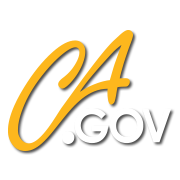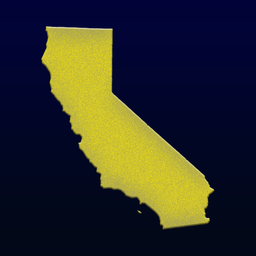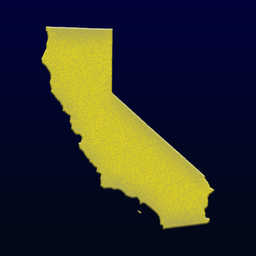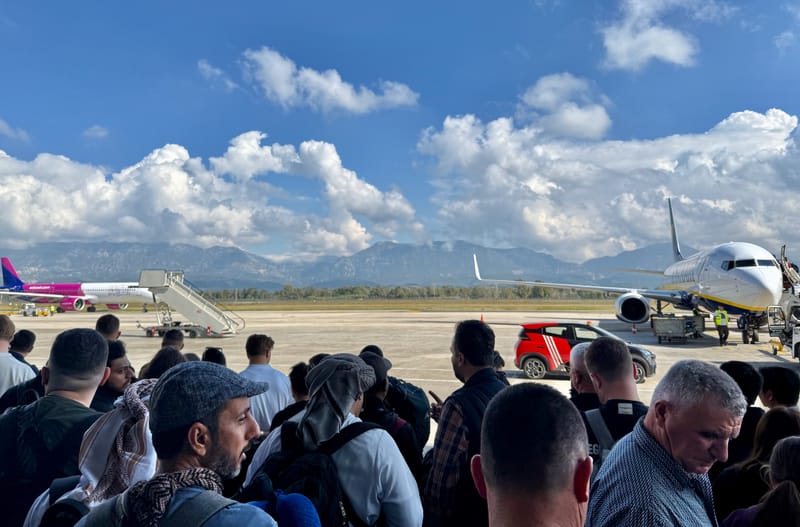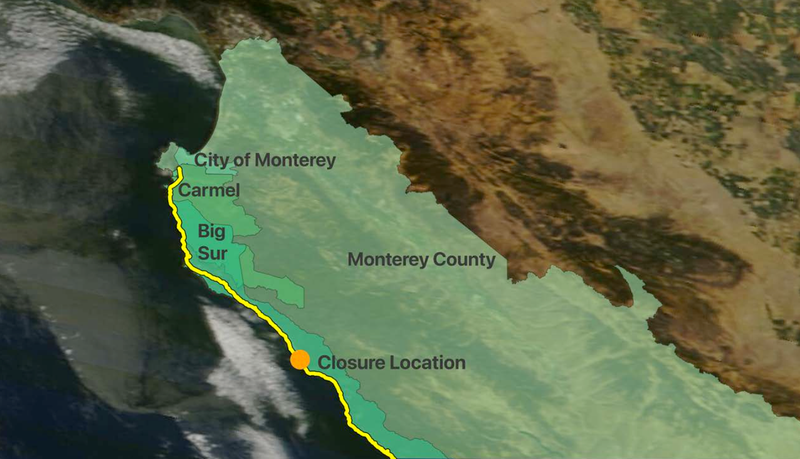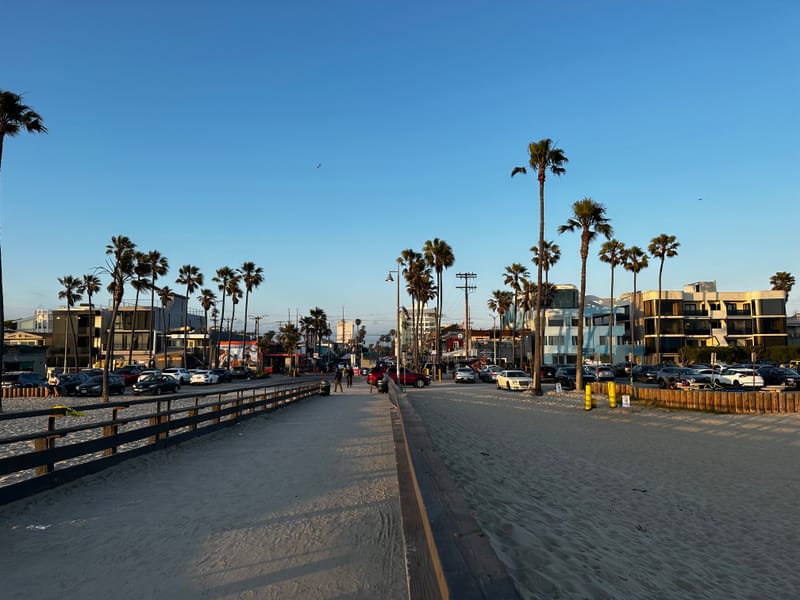Which life events qualify for California Paid Family Leave? Bonding, caregiving, and military assist explained
Learn which major life events qualify you for Paid Family Leave in California, including how bonding, caregiving, and military assist claims work—and what documentation you’ll need in 2025.
Paid Family Leave (PFL) in California covers more than most people realize. If you're taking time off work to handle a major family-related life event in 2025, you might be eligible for wage replacement benefits through the state's PFL program.

This guide breaks down the three main types of qualifying events—bonding, caregiving, and military assist—and explains how each one works, including what documentation you'll need to apply for Paid Family Leave in California.
1. Bonding with a New Child
If you're a parent welcoming a new child into your life, you may be eligible for PFL benefits:
- Who qualifies: Birth parents (including mothers transitioning from pregnancy disability leave), fathers, adoptive parents, and foster parents.
- When you can apply: Within the first 12 months after the child’s birth, adoption, or foster placement.
- Required documentation:
- Proof of relationship (e.g., birth certificate, hospital records, court documents for adoption/foster care).
- Dates when you’ll be on leave.
This benefit is designed to support early family bonding and parental mental health, and it can be used consecutively or split into shorter periods.
2. Caring for a Seriously Ill Family Member
If a close family member becomes seriously ill and needs your care, you may be eligible for up to 8 weeks of PFL benefits.
- Who qualifies as a care recipient: Spouse, registered domestic partner, child, parent, sibling, grandparent, or grandchild.
- What counts as a serious illness:
- Conditions requiring inpatient care or ongoing treatment.
- Examples: Cancer, dementia, serious injuries, or post-surgery recovery.
- Not eligible: Common cold, flu, cosmetic procedures, minor ulcers, and other short-term conditions unless they worsen significantly.
- Required documentation:
- A medical certification from the recipient’s healthcare provider.
- Completed DE 2502F form (for religious practitioners, if applicable).
If the care recipient is being treated by an accredited religious practitioner, you can download and complete this Practitioner’s Certification for Paid Family Leave form. Submit it in place of a medical certification.
You don’t need to live with the person to qualify, but you do need to show that your care is medically necessary.
3. Supporting a Military Family Member
California’s PFL also offers support for workers who need time off when a family member is being deployed overseas.
- Who qualifies: Immediate family members of someone in the U.S. Armed Forces being deployed to a foreign country.
- Covered activities include:
- Attending official military events
- Arranging childcare or school activities due to the deployment
- Making financial or legal arrangements
- Counseling or post-deployment recovery assistance
- Required documentation:
- Military orders or official event documents
- Proof of relationship to the deploying service member
This category, known as "Military Assist," helps families navigate the stress and planning that come with deployment.
Don't Assume You're Ineligible
Even if you're not sure you meet every condition, you should still consider applying. Many people qualify even if their situation feels unique. The California Employment Development Department (EDD) will determine your eligibility based on your submitted documentation.
Important: Your immigration or citizenship status does not affect your eligibility for Paid Family Leave in California.
Apply for Paid Family Leave in California
If you think you’re eligible for PFL, you can:
What to Read Next

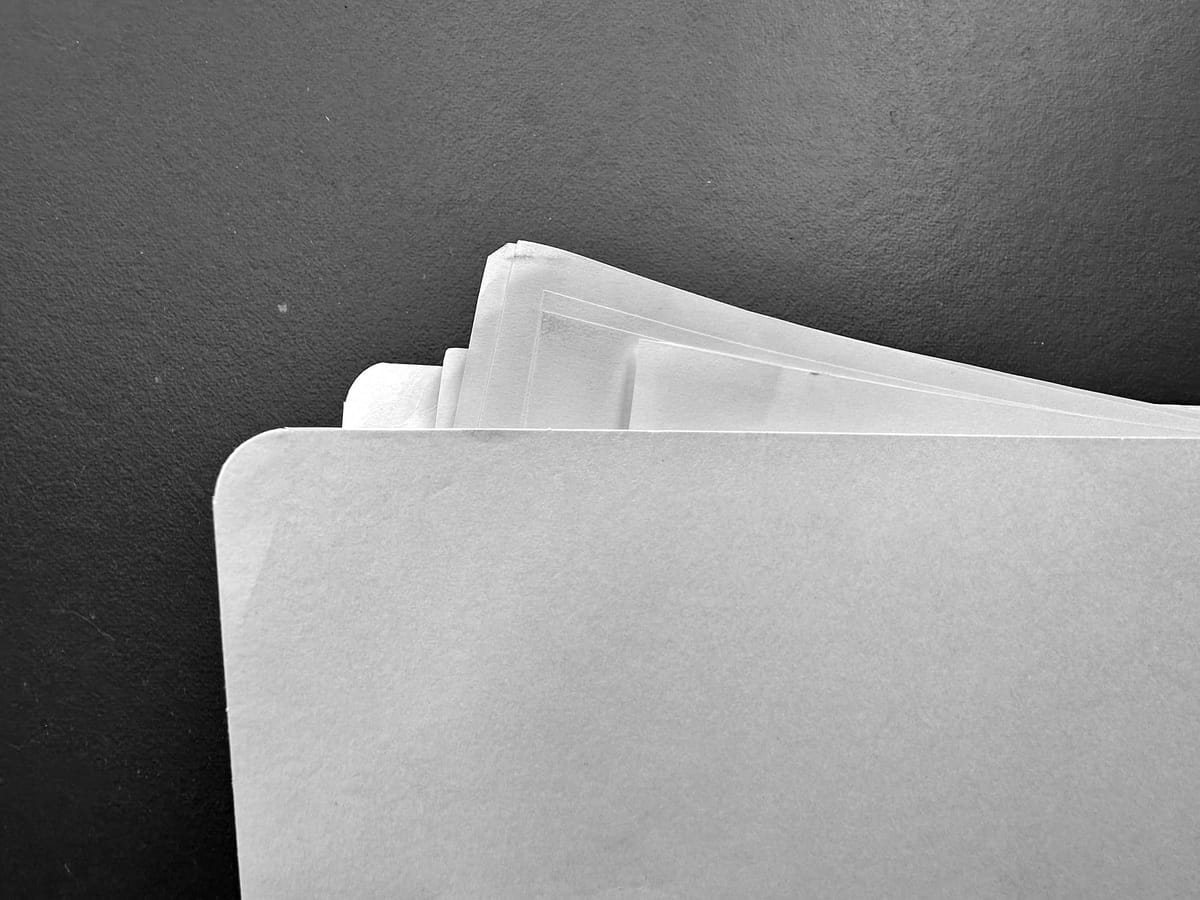
By understanding which life events qualify for Paid Family Leave, you can be better prepared to claim the benefits you're entitled to—and support yourself and your loved ones during major life transitions.




